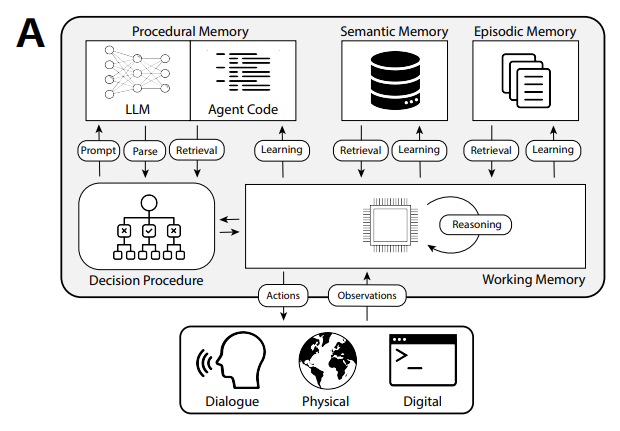
Understanding AI Agent Memory: Practical Business Solutions
Introduction to AI Agent Memory
AI agent memory is a crucial component that influences how intelligent systems operate and make decisions. By categorizing memory into distinct types, businesses can design AI systems that are more responsive and contextually aware. This article explores four essential types of memory in AI agents: Episodic, Semantic, Procedural, and Short-Term (or Working) Memory. Understanding these can help organizations leverage AI effectively.
1. Episodic Memory: Enhancing Customer Interactions
Episodic memory allows AI agents to recall past interactions, similar to human memory. This capability is vital for maintaining context in ongoing conversations, particularly in customer support scenarios. For instance, a customer support bot can store conversation histories, enabling it to provide personalized responses based on previous exchanges.
In practical terms, businesses can implement episodic memory using persistent storage systems like vector databases. These systems facilitate quick retrieval of relevant past interactions, thereby improving customer experience. A case study from a leading telecommunications company showed a 30% increase in customer satisfaction after integrating episodic memory into their support bots.
2. Semantic Memory: Building Knowledge Bases
Semantic memory encompasses the factual knowledge and understanding an AI agent possesses. This type of memory is essential for interpreting queries and providing accurate responses. For example, an AI agent assisting with technical support may utilize semantic memory to access user manuals and troubleshooting guides.
By integrating semantic memory, businesses can ensure their AI agents respond accurately and contextually. A notable example is a financial services firm that improved its query resolution rate by 40% by leveraging semantic memory to access a comprehensive knowledge base.
3. Procedural Memory: Streamlining Operations
Procedural memory defines how an AI agent operates, including its protocols and guidelines. This type of memory is crucial for ensuring consistent and safe interactions. By organizing procedural memory through registries, businesses can maintain operational reliability and facilitate updates as needed.
For instance, a healthcare provider that implemented procedural memory in its AI systems reported a 25% reduction in errors during patient interactions, demonstrating the importance of clear operational guidelines.
4. Short-Term (Working) Memory: Facilitating Real-Time Responses
Short-term memory allows AI agents to process information actively and respond to current tasks. It synthesizes data from episodic, semantic, and procedural memories to generate context-aware responses. This capability is particularly important for nuanced decision-making and planning.
For example, an e-commerce platform that utilized short-term memory in its chatbots saw a 50% increase in conversion rates, as the bots could tailor responses based on real-time customer interactions.
The Synergy of Long-Term and Short-Term Memory
Understanding the relationship between long-term and short-term memory is essential for maximizing AI performance. Long-term memory provides a rich knowledge base, while short-term memory allows for agile responses to immediate tasks. This dynamic interplay ensures that AI systems remain informed and responsive.
Conclusion
The multifaceted approach to memory in AI agents highlights the sophistication required to build intelligent systems. By leveraging episodic, semantic, procedural, and short-term memory, businesses can create AI agents that enhance customer interactions, streamline operations, and make informed decisions. As AI technology continues to evolve, refining these memory systems will be crucial for developing agents capable of nuanced, context-aware decision-making. Embracing this layered memory approach will empower organizations to navigate the challenges of a rapidly changing digital landscape effectively.
Next Steps for Businesses
- Identify processes that can be automated with AI.
- Determine key performance indicators (KPIs) to measure the impact of AI investments.
- Select customizable tools that align with your business objectives.
- Start with small projects, analyze their effectiveness, and gradually expand AI usage.
If you need assistance in managing AI in your business, please contact us at hello@itinai.ru or connect with us on Telegram, X, and LinkedIn.


























